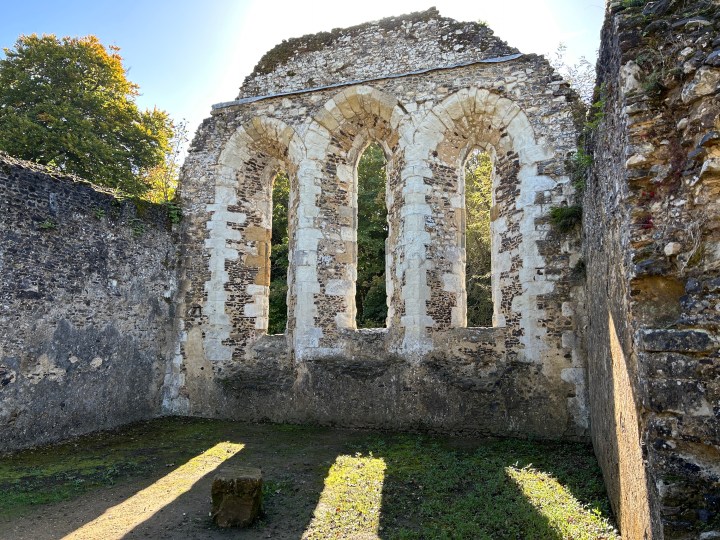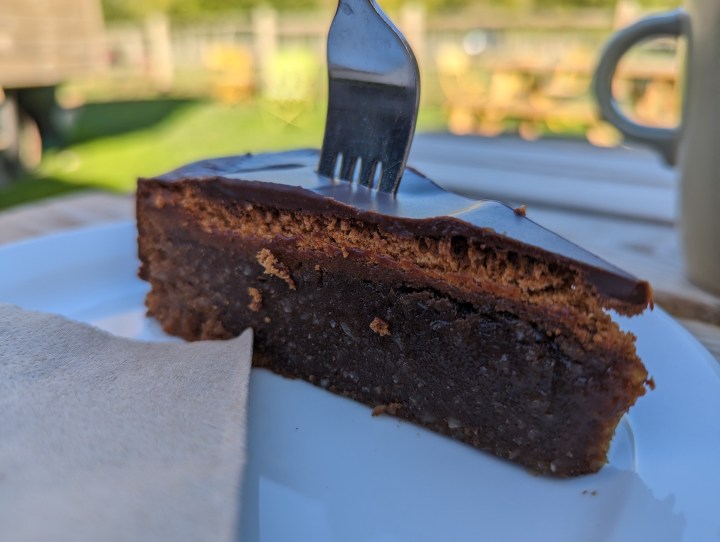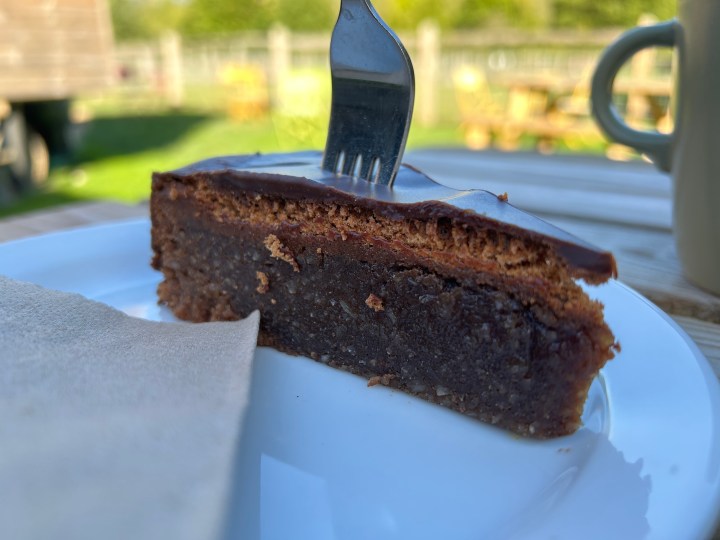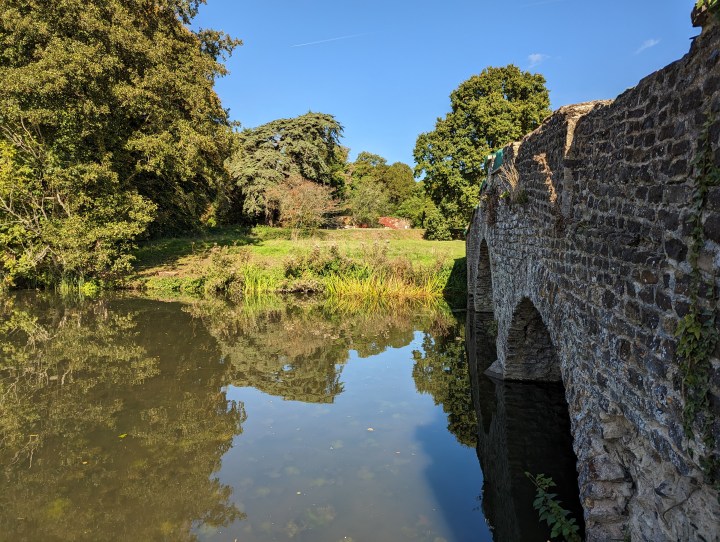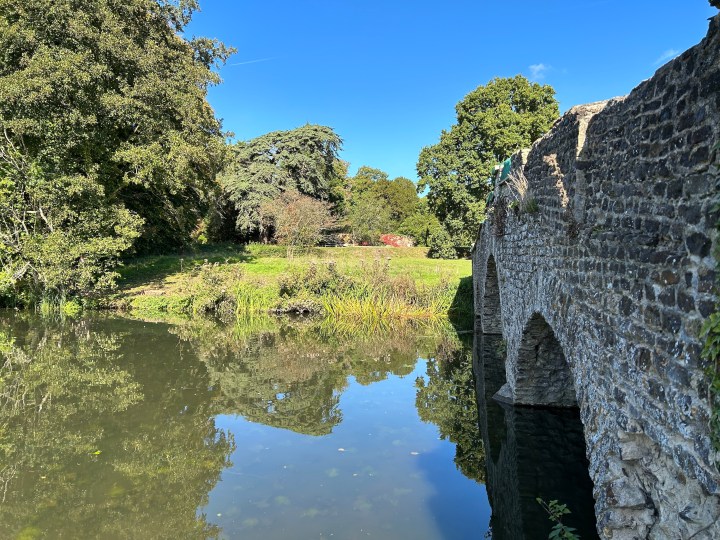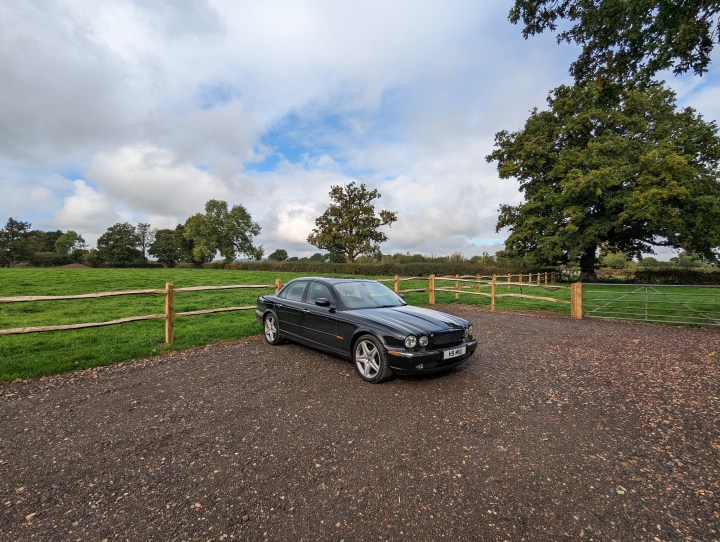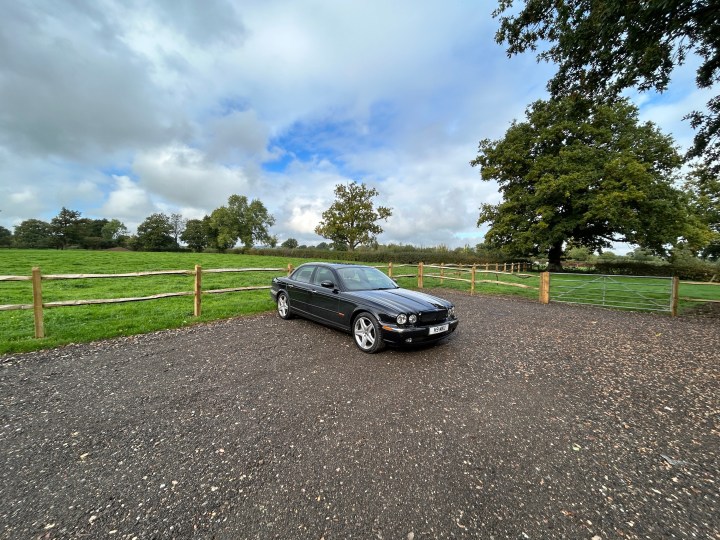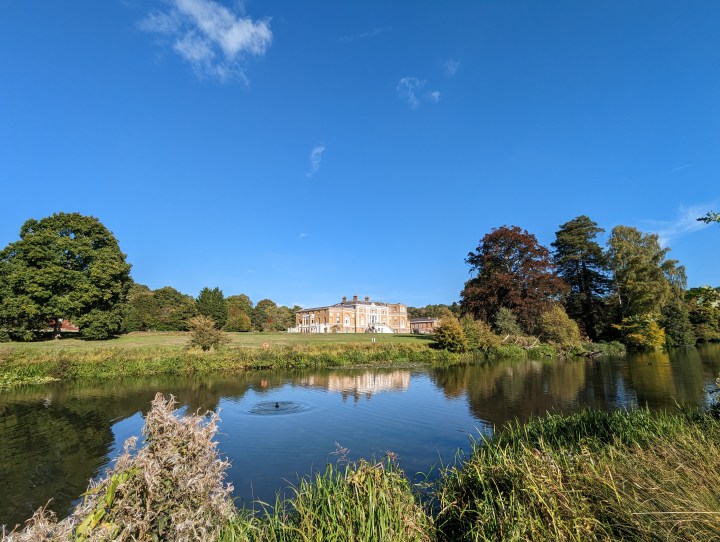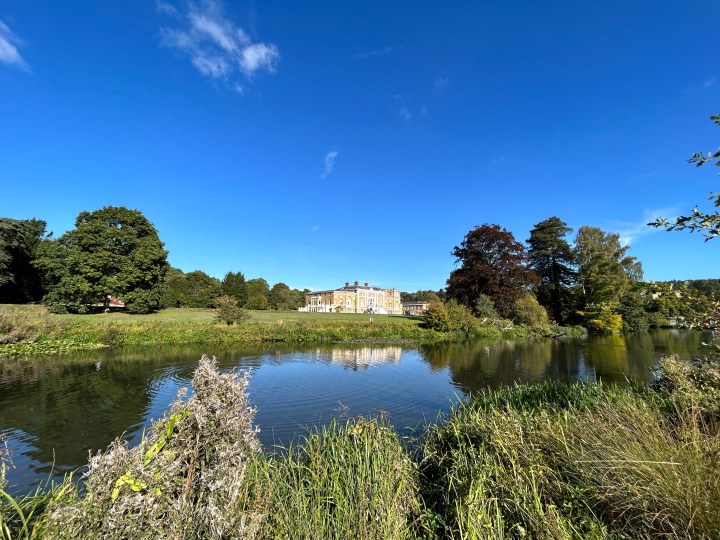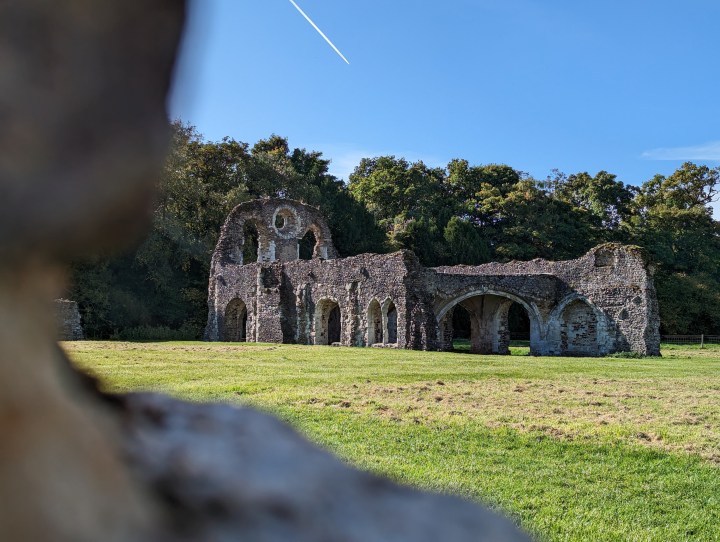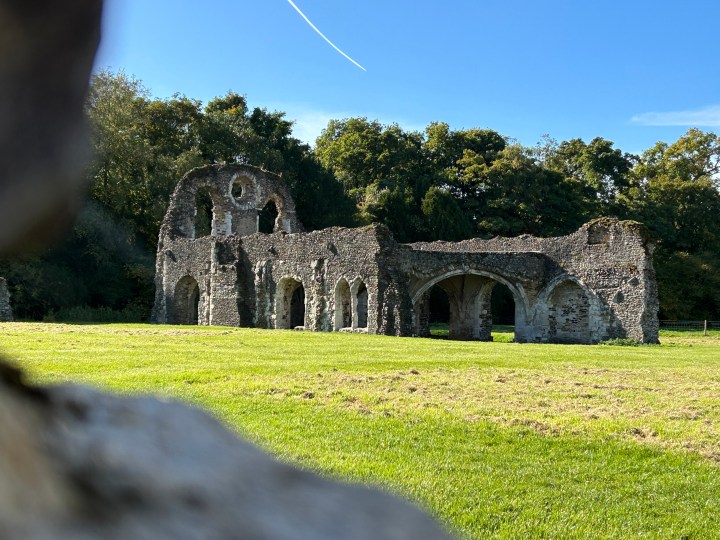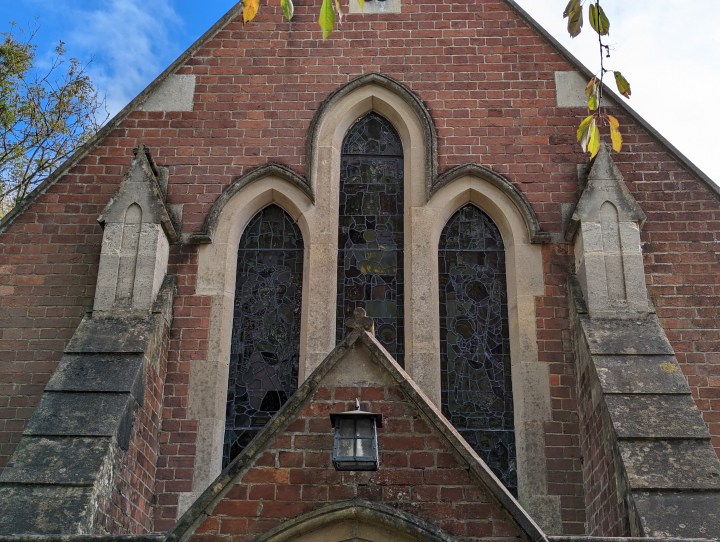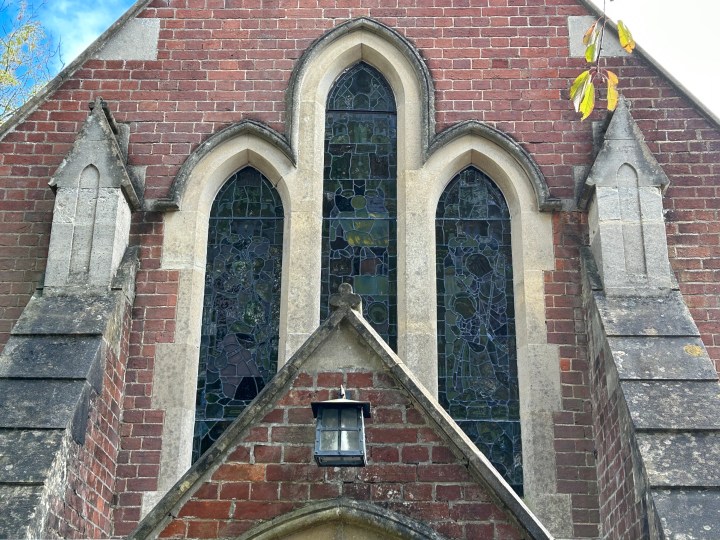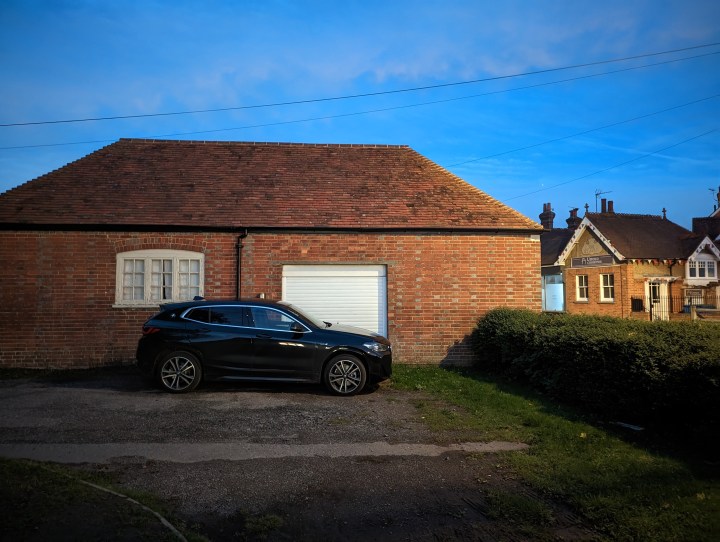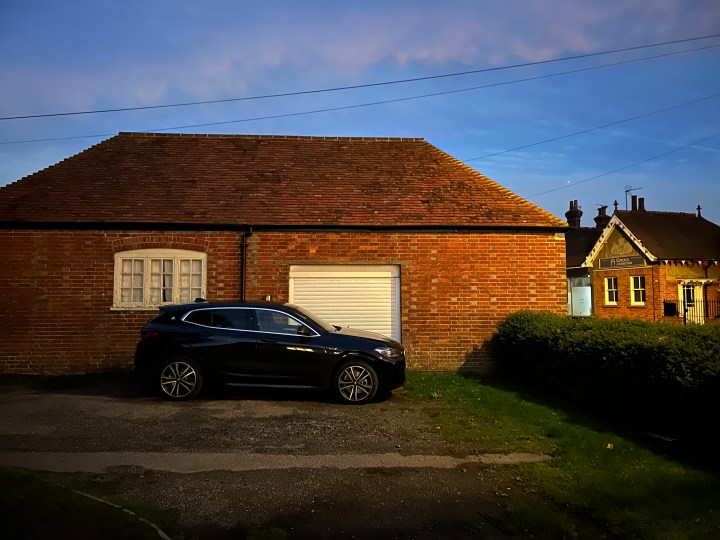The Pixel 7 has a fantastic camera, and it’s one of the top reasons to pick the latest Google phone over any other, but what about Apple’s latest phones? The iPhone 14 and iPhone 14 Plus share the same camera technology, and the smallest new iPhone also impressed in our recent review. Putting them against each other is the right thing to do.
Google Pixel 7 and iPhone 14 Plus camera specs
For this test, we are using the Apple iPhone 14 Plus, which has exactly the same camera system as the smaller iPhone 14. No matter which one you’re interested in, the results below are representative of both. For clarification, we’re using the Google Pixel 7 and not the Google Pixel 7 Pro.
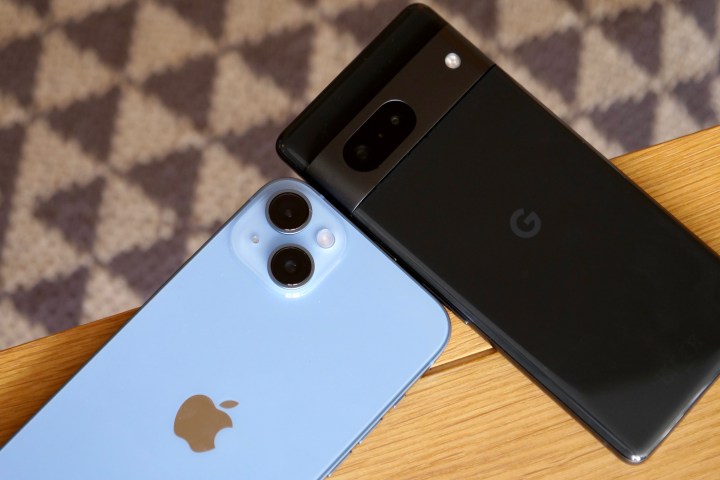
Starting with the iPhone 14 Plus, you get a 12-megapixel main camera with an f/1.5 aperture and optical image stabilization, joined by a second 12MP camera for wide-angle photos and an f/2.4 aperture. Apple’s Photonic Engine, Deep Fusion, and Smart HDR 4 technology are all part of the software package working behind the scenes. This same specification is shared by the iPhone 14.
The Pixel 7 has a 50MP camera with an f/1.85 aperture, plus a 12MP wide-angle camera with an f/2.2 aperture. The camera has optical and electronic image stabilization, laser autofocus, and a host of special editing features in the Google Photos app that are exclusive to the Pixel. On the front of the Pixel 7 is a 10.8MP, f/2.2 aperture camera with fixed focus, while the iPhone 14 Plus has a 12MP, f/1.9 aperture autofocus selfie camera.
All the photos were taken across several days in varying conditions, examined on a color-calibrated monitor, and resized for easier online viewing.
Pixel 7 vs. iPhone 14: main camera
There may be a big difference between megapixels, but the photos taken by the Pixel 7 and the iPhone 14 Plus can be quite similar, just with one overriding difference between them. The iPhone 14 tends to take cooler photos with a greater exposure level for increased brightness, while the Pixel 7 edges toward warmer tones and greater contrast in its photos.
- 1.
Google Pixel 7 - 2.
iPhone 14 Plus
You can see this in our first photo. The Pixel 7’s exposure level brings out more texture and tone in the aged walls and a more realistic look to the ground, which in real life was wet. The iPhone 14 Plus handles the exposure differently, blowing out the sun at the top of the photo, and brightening the overall image. For me, the Pixel 7’s photo is better, but I’ve shown the same image to others, and they have often preferred the iPhone’s photo.
- 1.
Google Pixel 7 - 2.
iPhone 14 Plus
The next photo shows how both cameras can take extremely similar photos. There are small differences between the two here, with the iPhone’s white balance appearing to be more accurate, and it’s far easier to focus on close-up objects with the Apple phone, too. But the rest of the photo, in terms of color, texture, and depth of field, is basically the same. The iPhone 14 Plus’s photo is my preference, but there’s nothing wrong with the Pixel 7’s photo.
- 1.
Google Pixel 7 - 2.
iPhone 14 Plus
Our final photo shows where the Pixel 7 can pull ahead. The deeper contrast levels, more eye-catching colors, and greater detail here secure the Pixel 7 its win. The stone bridge shows its age more, the water has more depth to it while still capturing the reflections, and the trees in the background are free from the edge enhancement visible in the iPhone’s photo. Sometimes it’s hard to tell the two cameras apart, but when you can, it’s the Pixel 7 that comes out on top.
Winner: Google Pixel 7
Pixel 7 vs. iPhone 14: wide-angle camera
The iPhone 14 Plus has a wider 120-degree field of view on its wide-angle camera, while the Pixel 7 has a tighter 114-degree field of view, so keep this in mind when you look at the comparison photos below. The same themes seen in the main camera comparison continue here.
- 1.
Google Pixel 7 - 2.
iPhone 14 Plus
The way the two cameras perform is really noticeable in the photo of the church. The Pixel 7’s tighter field of view is obvious, but more so is the improved exposure, contrast levels, and tone. The iPhone 14 Plus’s photo is cold and stark, with the tree branches in the foreground getting lost in the blown-out sky. The Pixel 7’s warmer photo is better balanced and far more attractive.
- 1.
Google Pixel 7 - 2.
iPhone 14 Plus
The differences aren’t as stark in the second photo, and the iPhone’s often more realistic white balance does show up, but not everyone will like the far cooler tone. The ground is somewhere in the middle of the two photos in terms of color and texture in real life, so neither captured the scene perfectly.
- 1.
Google Pixel 7 - 2.
iPhone 14 Plus
The Pixel 7’s tighter field of view is a downside as, if you’re going to use a wide-angle camera, it’s nice to really capture more of the scene — something the iPhone 14 does better than the Pixel 7. It’s evident in our last photo here, with the scale of the grounds around the mansion far more obvious in the iPhone’s photo. That said, the Pixel 7’s photo has more detail, less pixelization when you zoom in, and less noise in the sky as well.
Winner: Google Pixel 7
Pixel 7 vs. iPhone 14: 2x zoom
Neither phone has a dedicated telephoto camera, but Google uses its new Super Res Zoom to improve zoomed-in photo quality. The results aren’t all that far apart at first glance, with the iPhone upping the saturation for a more colorful photo, while the Pixel keeps the look more natural. This photo shows it best, and you can see there’s not a big difference in detail on the ruins.
- 1.
Google Pixel 7 - 2.
iPhone 14 Plus
In the photo of the church, the Pixel 7’s warmer tones and better contrast are evident again, but the iPhone does a great job with detail despite not having an optical zoom. It’s only let down by the cool tone. Which you prefer may come down to personal preference; I’d be happier sharing the Pixel 7’s image without editing, but I’d feel it necessary to alter the iPhone’s photo first.
- 1.
Google Pixel 7 - 2.
iPhone 14 Plus
The biggest takeaway here isn’t the difference in treatment of the scene, but the relative lack of difference in detail in both photos, indicating the 2x digital zoom on the iPhone is better than some may expect. It’s not quite as good as the Pixel 7’s zoom in all circumstances, but it’s not that far off and could easily be used on a regular basis without fear of a poor result.
Winner: Google Pixel 7
Pixel 7 vs. iPhone 14: night mode
Testing Night mode on both phones revealed some interesting differences between the two. The Pixel 7 is undoubtedly the better performer when the light is very low, with an often astonishing ability to bathe a scene in light without introducing noise. Still, the iPhone can take wonderfully atmospheric shots when there’s a little more light available.
- 1.
Google Pixel 7 - 2.
iPhone 14 Plus
You can see this best in the photo of the monument. The Pixel 7 introduces smoothing, where the iPhone adds texture without increasing the brightness, creating a more realistic lowlight scene. Noise is removed in the Pixel 7’s photo and does remain in the iPhone’s, but there’s far less smoothing on the monument. The inscriptions are also sharper in the Pixel 7’s photo, but again, the stonework is clearly smoothed out.
- 1.
Google Pixel 7 - 2.
iPhone 14 Plus
The second photo was shot in a far darker environment with only ambient light from a nearby source, and the Pixel 7 does a superb job of revealing detail and coping with the white balance. The iPhone’s noisier photo lacks detail but arguably captures the colors and textures as I saw them in real life. But the Pixel 7’s photo brightens the scene without the problems introduced by the iPhone.
Winner: Draw
Pixel 7 vs. iPhone 14: portrait mode
The portrait mode photos I took with both phones returned consistent results, with neither phone consistently pulling ahead of the other. The iPhone 14 Plus has less severe background blur than the Pixel 7, and once again, it brightens the image dramatically. The Pixel 7 does focus on a specific object quicker than the iPhone, which tends to prefer people to objects.
- 1.
Google Pixel 7 - 2.
iPhone 14 Plus
The photo here shows edge recognition is similarly flawed on each phone, with obvious blur around the edge of the sign, sometimes in exactly the same spots. Both photos are sharp and pleasingly detailed, and while I like the iPhone’s bright photo, the Pixel’s strong blur will be favorable in some situations.
Winner: Draw
Pixel 7 vs. iPhone 14: selfie camera
The Pixel 7’s selfie camera is a disappointment, especially when using portrait mode. It regularly fails to capture edges accurately, the fixed focus makes it difficult to always take a great shot, and while there is plenty of detail, I never find the skin tone to be especially favorable.
- 1.
Google Pixel 7 - 2.
iPhone 14 Plus
The example I’ve used shows the Pixel 7 at its worst, as it completely removes the edge of my glasses, yet is happy to keep the brim of my cap in focus. The iPhone 14 Plus consistently beat the Pixel — not only with better edge recognition, but with improved colors and focus, too. The top I’m wearing is the color in the iPhone’s photo, not the Pixel’s.
Winner: iPhone 14 Plus
A very clear winner
The Pixel 7 has won three out of six categories, two resulted in a tie, and the iPhone 14 Plus took a single win. It’s a seriously commanding victory from the Pixel 7, with the iPhone 14 Plus being let down by its tendency to over-expose shots, resulting in images that are too bright and lacking detail.
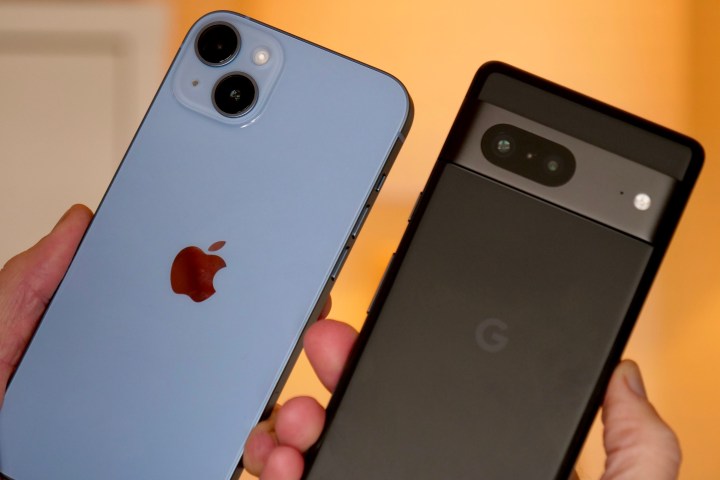
Apple took one, but fairly decisive, win in the selfie camera category, but do its losses elsewhere mean it’s a bad camera? No, but it definitely needs some work before it can compete with the Pixel 7, and it can’t get close to the performance and ability of the iPhone 14 Pro. Apple’s Pro model remains the recommendation for camera fans who want an Apple phone, while the Pixel 7 continues the tradition of Google producing some of the best camera phones available at any price.
We have a complete Pixel 7 review, and if you want to know more about its even more capable sibling, then you can read our Pixel 7 Pro review. The iPhone 14 Plus review is in the works, but you can check our iPhone 14 review, and remember that it has the same camera onboard. If you want the best camera on your phone, you’ll want to see how the Pixel 7 Pro’s excellent camera did against the iPhone 14 Pro.
Editors’ Recommendations



